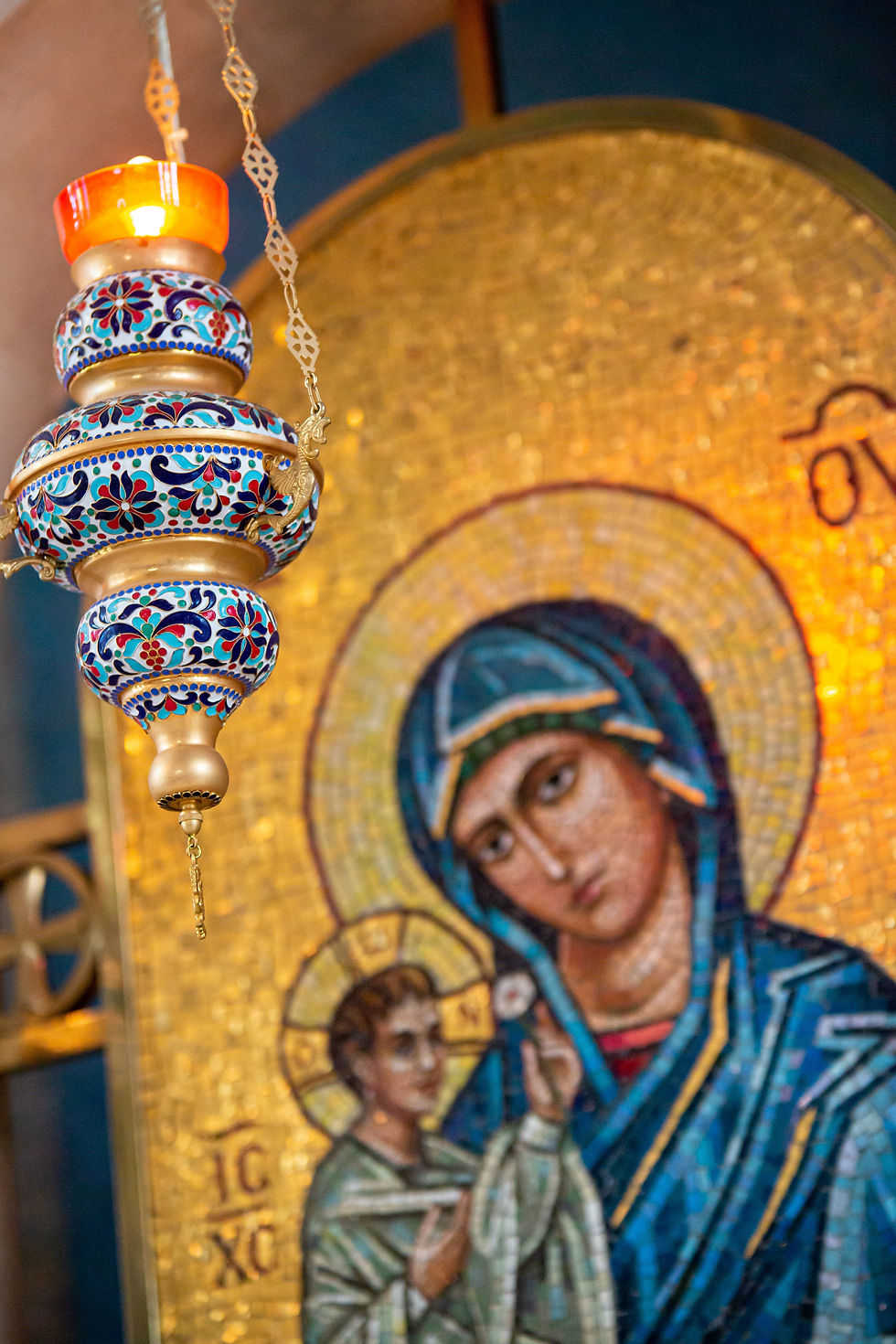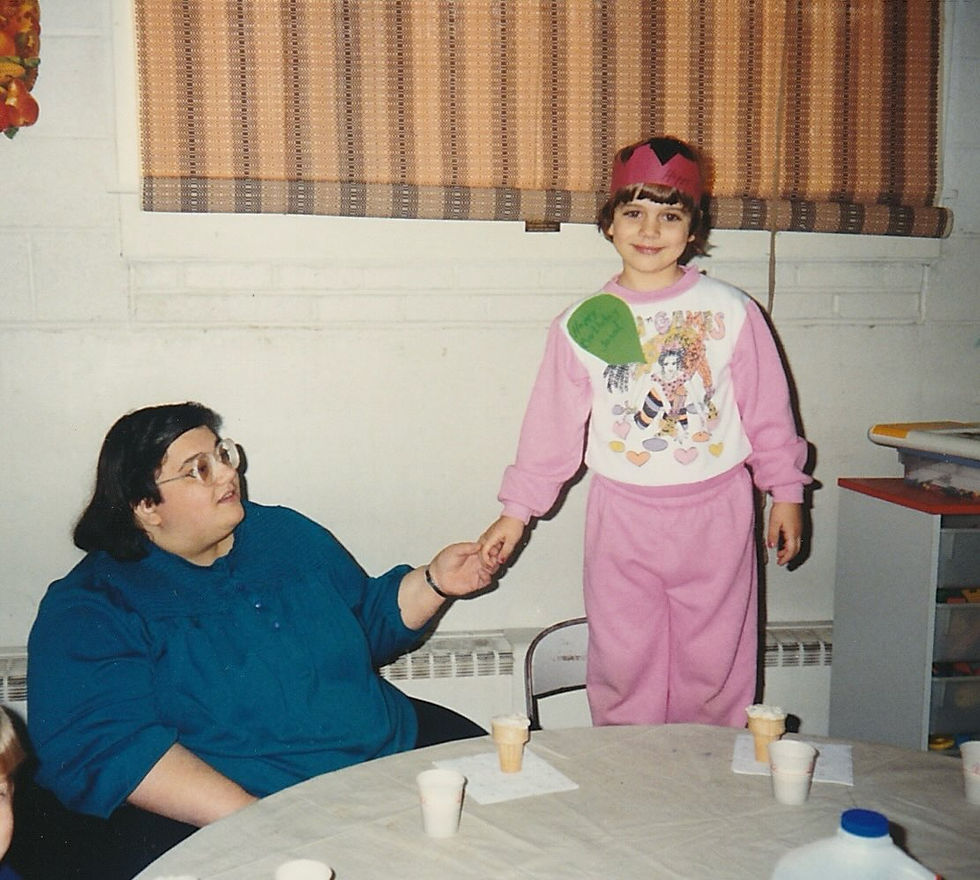The Tension of Good Friday
- Jane Aseltyne

- Mar 29, 2024
- 3 min read
I'll never forget walking into church that Good Friday in 2013. I was in RCIA and experienced the Triduum for the first time as an almost Catholic. The church was dark and somber. My RCIA sponsor had told me what to expect on this day: no liturgy of the Eucharist, veneration of the cross, communion, and exiting the church in silence. I did not anticipate that this particular liturgy would stay with me even over a decade later.
I grew up in the evangelical tradition. While Good Friday services were available, I did not attend regularly. So, when I learned the tradition of Good Friday in the Catholic church, I couldn’t help but wonder what the experience would stir up for me, particularly the veneration of the cross. I had a lot of mixed feelings about being close to the cross, which represents so much pain and suffering endured by an innocent person.

Venerating the cross on Good Friday can take many forms. When one approaches the cross, often placed in the center aisle, one can bow, kiss, or put one's hand upon it. A silent prayer typically accompanies each gesture.
To be honest, it made me uncomfortable. I kept thinking, if the people of Jesus’ time were here watching us, what would they be thinking? Would they be horrified that we were kissing or bowing to an instrument of death and torture? How can I venerate something that represents something so awful? Crucifixion is a slow and painful way to die—why would I want to get close to it?
When I approached the cross to place my hand upon it, I felt a shift within me. Yes, I was still scared and uncomfortable performing this gesture, but I was also shaken from my complacency. In that moment, I recalled not only Jesus' violent death but also the realities of violence in our world. We are called to be aware of the suffering in the world. To act on behalf of justice and get close to those who are brokenhearted and suffering. Touching the cross made me feel like I was touching the pain of the world.
In a Good Friday reflection, Ralph McCloud, director for the Campaign for Human Development, writes, "This Good Friday, let us seek ways of moving from a paralysis of merely trembling to a culture of encounter and action.” Ignoring the violence renders us complacent, especially those of us who are not immediately caught in the crosshairs of political posturing, war, and genocide. We are called to hold the pain of Good Friday and enter into its uncomfortableness.
And yet, we have the benefit of being on the other side of the Good Friday story. We know that resurrection comes, and life begins anew. And so, I ask myself, what am I doing to do my part in eradicating injustice? Am I doing what I can, in my own way, to be close to the suffering of our world? Where do I need to grow in awareness and right relationship?
The memory of that first Good Friday as an almost Catholic still stays with me over a decade later. Perhaps this year, you spend time reflecting on a Good Friday experience that has stayed with you. How is God calling you to be present in both the darkness and light in your life?






Comments